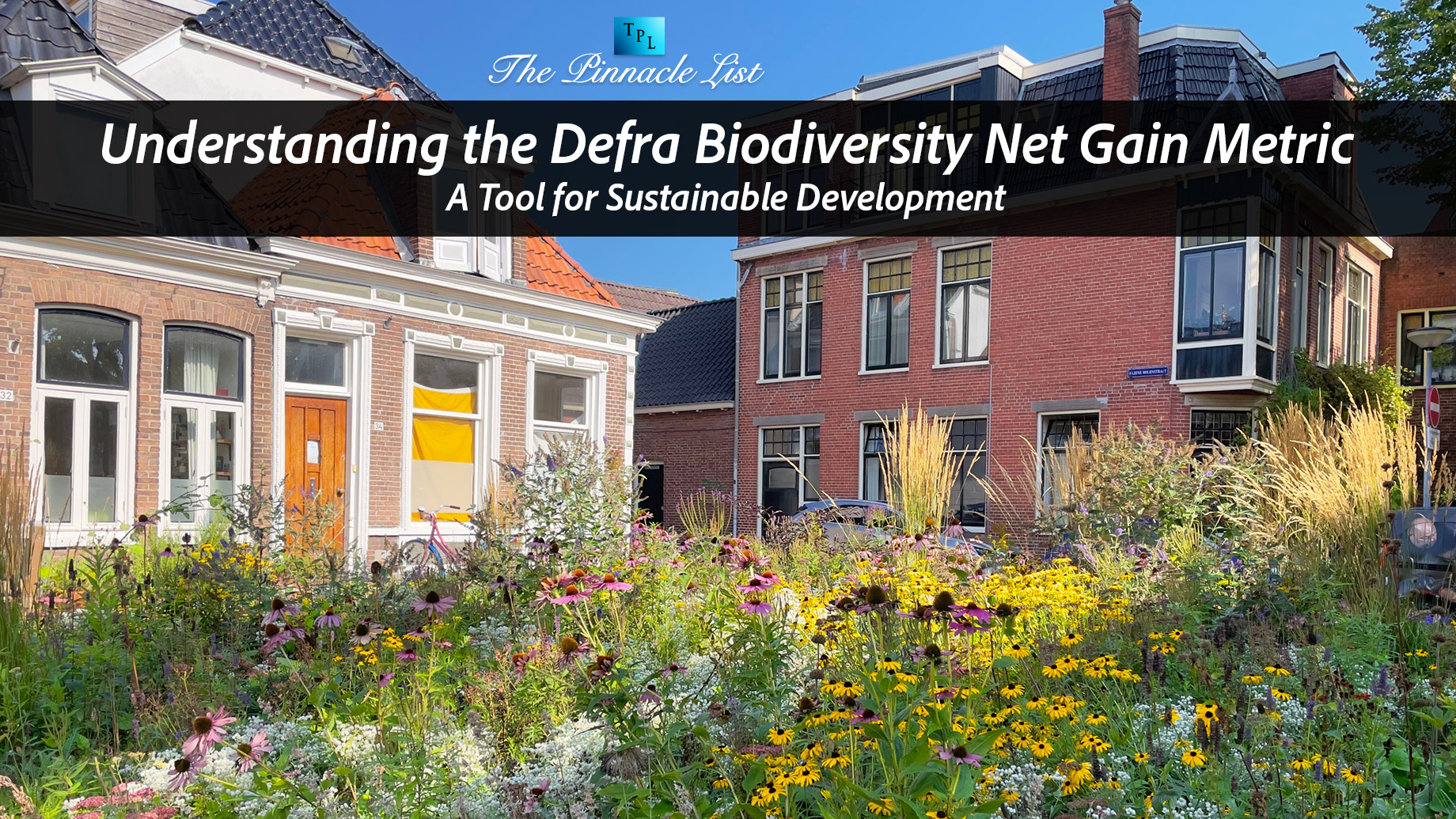
As the UK continues to prioritize sustainable development, the Defra Biodiversity Net Gain Metric has become an essential tool for developers and planners. This metric, created by the Department for Environment, Food, and Rural Affairs (Defra), is used to assess and quantify the ecological value of land before and after development, ensuring that new projects contribute positively to biodiversity. By mandating a measurable increase in biodiversity, the Defra Biodiversity Net Gain Metric supports the UK’s commitment to halting biodiversity loss and restoring natural habitats. Let’s explore how this metric works, why it matters, and the benefits and challenges it brings.
What is the Defra Biodiversity Net Gain Metric?
The Defra Biodiversity Net Gain Metric is a standardized tool used to measure the biodiversity impact of land development projects. Under the Environment Act 2021, most development projects in England are required to achieve a minimum of 10% biodiversity net gain (BNG), which means that they must enhance biodiversity beyond the site’s initial condition. This metric provides a structured approach for calculating biodiversity “units,” a scoring system that reflects the ecological value of a site based on habitat type, quality, size, and connectivity to other habitats.
The metric allows developers and planners to quantify the biodiversity value of a site in objective terms. It then provides guidelines to ensure that the biodiversity value post-development is at least 10% higher than the original baseline. This clear, measurable framework encourages developers to contribute positively to biodiversity and provides a transparent way to align development projects with environmental goals.
How the Defra Biodiversity Net Gain Metric Works
The Defra Biodiversity Net Gain Metric assesses biodiversity using several key criteria, which together determine a site’s baseline biodiversity score and the enhancements needed to achieve net gain. The main factors include:
- Habitat Type: Different habitats (like woodlands, wetlands, and grasslands) have varying ecological values. The metric assigns higher values to rare or ecologically rich habitats, encouraging their preservation and enhancement.
- Habitat Quality: The condition of the habitat plays a significant role in its biodiversity value. Higher-quality habitats that support a wide range of species receive higher scores, while degraded habitats score lower.
- Size and Connectivity: Larger, well-connected habitats provide better conditions for species movement and genetic diversity, making them more valuable in biodiversity terms. The metric accounts for these factors, promoting the creation of ecologically interconnected landscapes.
- Location: Sites that are located near protected areas or existing green corridors receive additional value, as they contribute to a network of habitats that benefits regional biodiversity.
These criteria are combined to calculate the site’s initial biodiversity “units.” Developers are then required to design projects that enhance this score by at least 10%, ensuring a net gain in biodiversity. This can be achieved by preserving high-value habitats, creating new ones, or enhancing degraded areas.
Why the Defra Biodiversity Net Gain Metric Matters
The Defra Biodiversity Net Gain Metric is changing the way environmental impacts are managed in development. Before this metric, biodiversity considerations were often secondary in planning, leading to habitat loss and fragmentation. By making biodiversity net gain a legal requirement, the UK is encouraging developers to integrate biodiversity into the earliest stages of project planning, making conservation a core part of the development process.
This metric also supports the UK’s broader conservation objectives by aligning individual development projects with national biodiversity goals. It creates accountability, as developers must demonstrate that their projects will result in measurable biodiversity improvements, which helps safeguard the country’s natural habitats and supports wildlife conservation.
Benefits for Developers and Planners
For developers and planners, the Defra Biodiversity Net Gain Metric offers several key advantages:
- Enhanced Project Value: Projects that integrate biodiversity often enjoy increased appeal, as green spaces and natural features are increasingly valued by buyers and tenants.
- Regulatory Compliance: With biodiversity net gain now a legal requirement, using the Defra metric ensures that projects comply with regulations, avoiding potential delays or fines.
- Positive Reputation: Meeting or exceeding biodiversity targets can enhance a developer’s reputation, as it demonstrates a commitment to sustainability that resonates with environmentally conscious communities and investors.
- Environmental and Social Benefits: Biodiversity enhancements improve air quality, reduce heat in urban areas, and contribute to the wellbeing of local residents by providing access to nature.
Challenges and Criticisms of the Metric
While the Defra Biodiversity Net Gain Metric is a significant advancement, it does face some challenges and criticisms:
- Data and Expertise Requirements: Accurate biodiversity assessment requires reliable data and ecological expertise, which can be costly or challenging to obtain, particularly for smaller developers.
- Potential Oversimplification: Reducing biodiversity to a numerical score may oversimplify the complex relationships within ecosystems, potentially overlooking unique ecological features.
- Concerns Over Offsetting: The metric allows for biodiversity “offsetting,” where developers compensate for biodiversity loss on-site by enhancing or creating habitats elsewhere. While useful, this practice has sparked debate, as some argue it may not provide the best outcome for local ecosystems.
Despite these challenges, the Defra Biodiversity Net Gain Metric represents a major step forward in aligning development with environmental sustainability, offering a practical yet impactful tool for conservation in the planning process.
Conclusion
The Defra Biodiversity Net Gain Metric is reshaping how biodiversity is managed in development, making it a core consideration rather than an afterthought. By providing a clear, measurable way to enhance biodiversity, this metric ensures that new projects leave the environment in a better state than before. Although it may face challenges in implementation, the metric’s benefits to both developers and ecosystems are significant. As the UK continues to promote sustainable land use, the Defra Biodiversity Net Gain Metric will play a crucial role in creating a future where development and conservation go hand in hand, supporting healthier ecosystems and resilient communities.